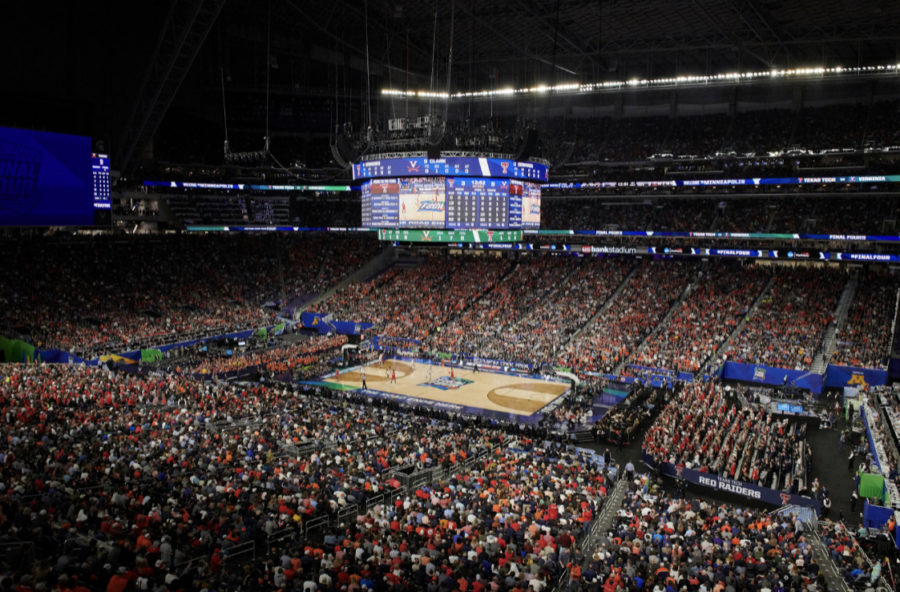The Differences in Funding for School Sports
A crowd of thousands of people gather for March Madness, a famous college basketball tournament. Tickets cost $230 and the game is sponsored by big names like Gatorade and Toyota.
November 3, 2021
$10 dollars for a Yorba Linda High School football ticket. $0 for a baseball ticket. $0 for a water polo ticket. Then, $10 for a basketball ticket. Why? Why do some sports need more money than others? Don’t they already have it all? That question can be answered in a dive into the reasons why people even play sports in high school, and why some, like football, are more popular than others.
Sports are now more than ever ingrained in the educational system. Schools are cutting their finances to accommodate extracurricular activities, and this discussion often arises. However, as we will examine, there are two sides to the coin and serious issues facing the educational system. With school finances being cut, the amount spent per child on athletics now exceeds the amount spent per student on the core disciplines. Sports spending is often three times more than education spending.
On average, colleges in the United States spend $100 billion on sporting activities and $56 billion on food and beverage catering. A professional sports player earns significantly more than a school teacher, demonstrating the disparity. Joan Young, an academic writing expert, stated that “the impact teachers have in our society is more than what sportsmen have in society, and this effect trickles down to society.” The cost of having students engage in sports in school has steadily increased over the years. The reason parents keep paying for these sporting events is because of the expected investment return in the long run. Studies have shown that students participating in sports are likely to attend tertiary schools and earn more wages than their peers after school. Participation in sports takes a toll on parents, but participation is still on the rise. Annually, about 8 million high school students participate in sports in the USA. Slightly over 3 million girls participate in sports, and about 57% of boys participate in sportsThe top sporting activities for girls are track and field, volleyball, and basketball. Still, no matter how many people play a sport, there can only be so much popularity available. Karina Hiranandani (10) said, “girls tennis gets a little bit of funding, but there are times where we could have more. Boys tennis is the same,” after being asked about her views on the distribution of funding at YLHS. So, even though some boys’ sports have more money than girls’, it’s less about a matter of gender and more about the amount of a crowd.
In professional leagues, for example, there’s a great disparity in the payments between different sports. For example, women’s versus men’s basketball. They’re both talented and hardworking as well as equally experienced. However, sponsorships and popularity still come into play when funding is issued for these sports. The same goes for a sport like lacrosse versus football. Professional lacrosse players and their teams do deserve funding for their hard work and talent, but they’re still not racking up enough views. Premier Lacrosse League stated that around 350,000 people viewed professional lacrosse in 2019. That’s just over three percent of the average views American Football earns yearly. So, the difference in funding for each sport, parallel to other high schools and professional sports, is based on how much of a crowd gathers for a game.
No matter how much hard work a team partakes in, there will always be a difference in funding through sponsorships and popularity amongst the audience and crowds. So, it’s important for teams to remember that as long as they’re having fun and doing their best, that’s all that matters.





































